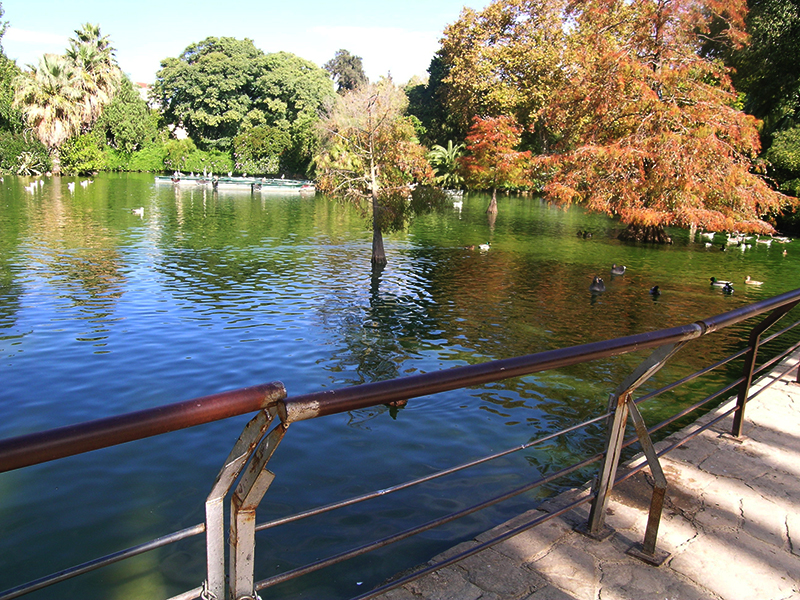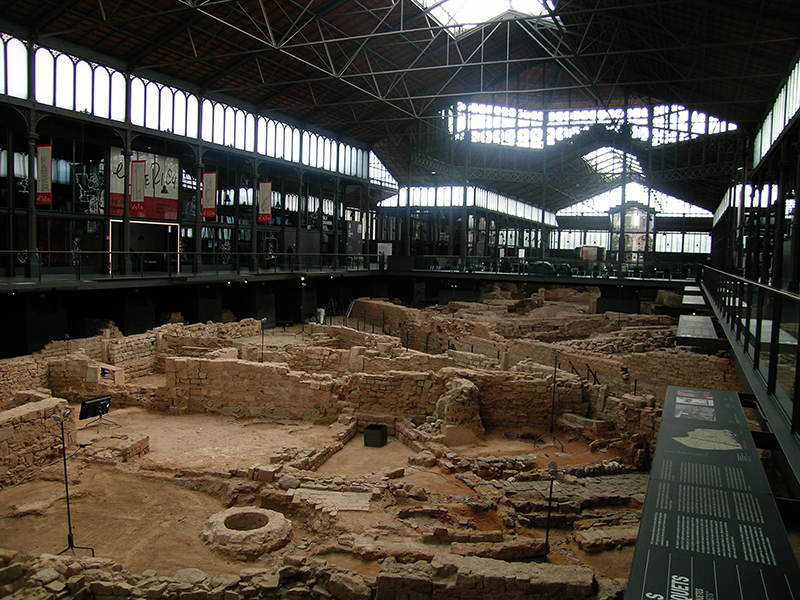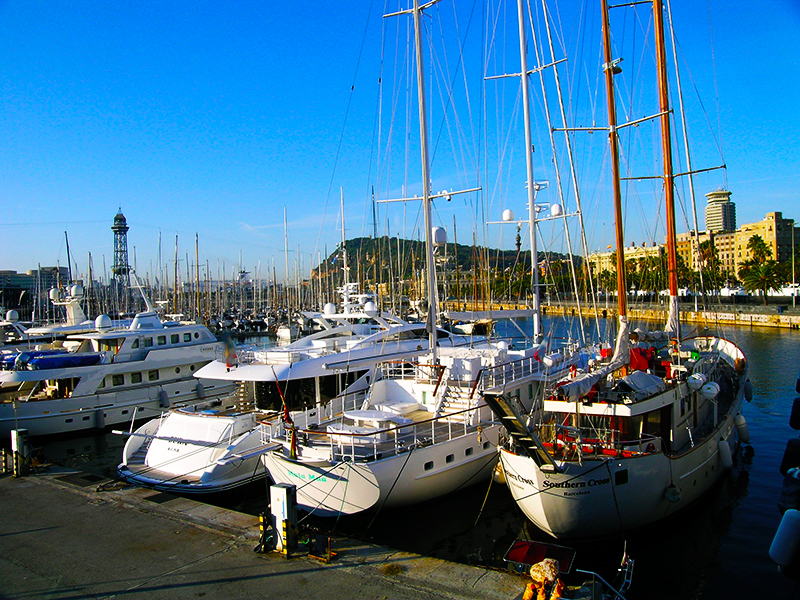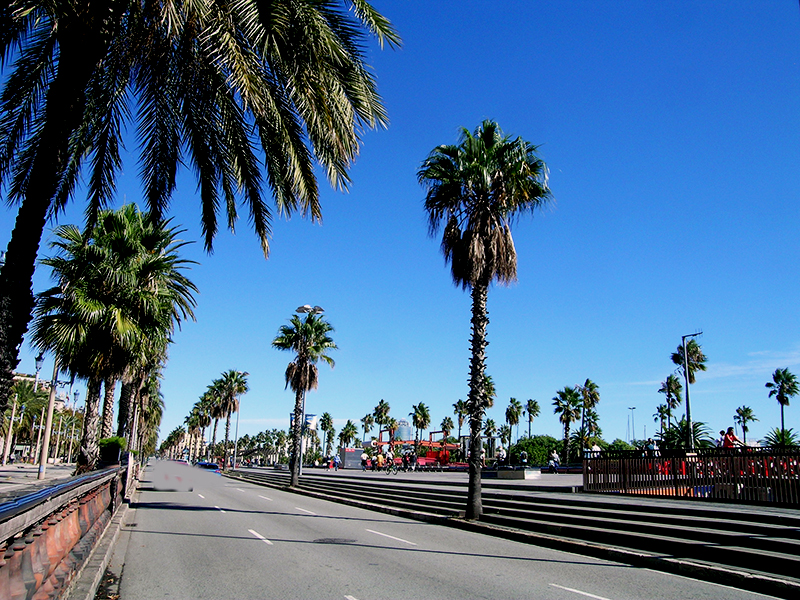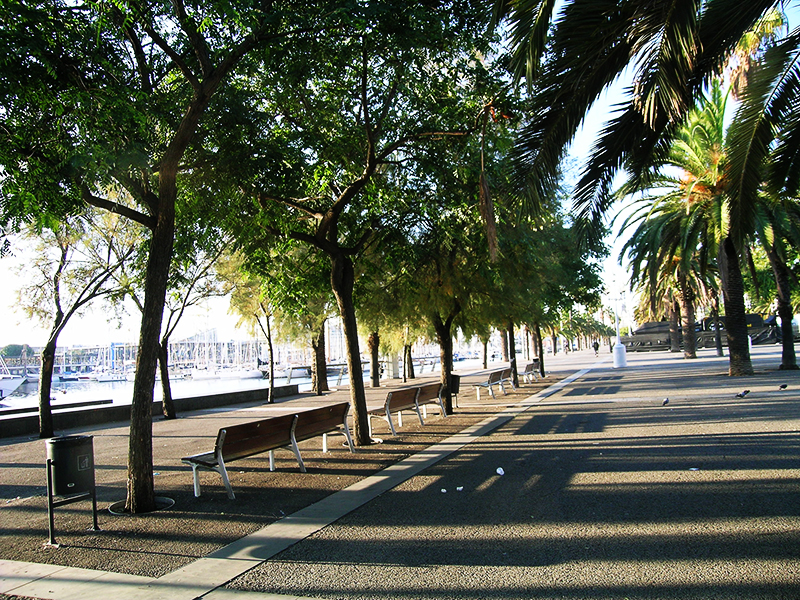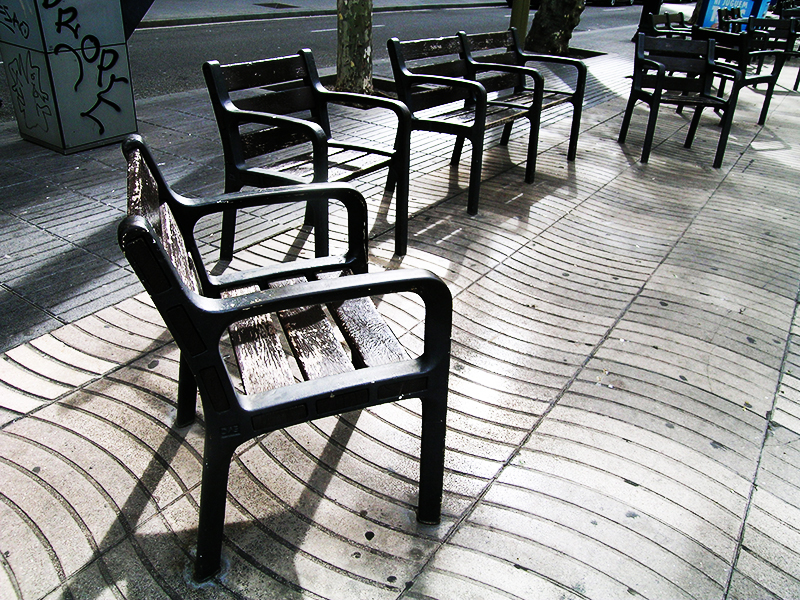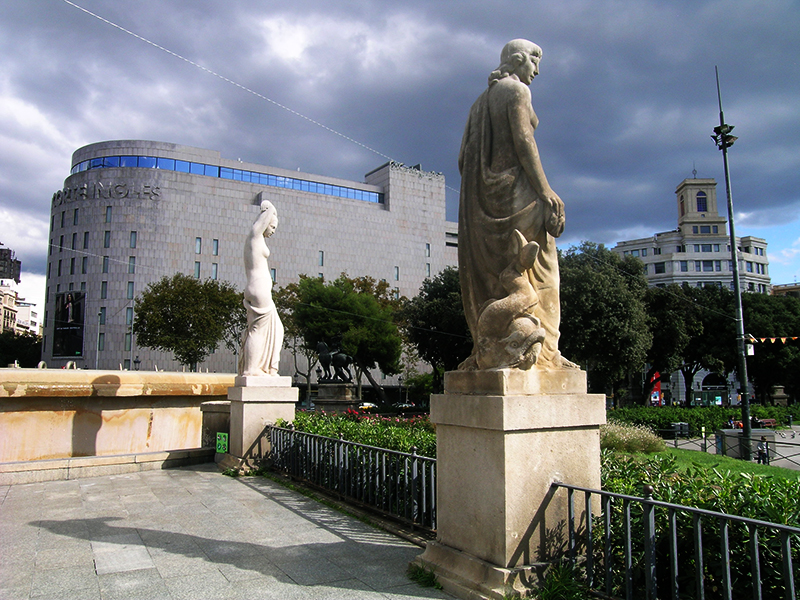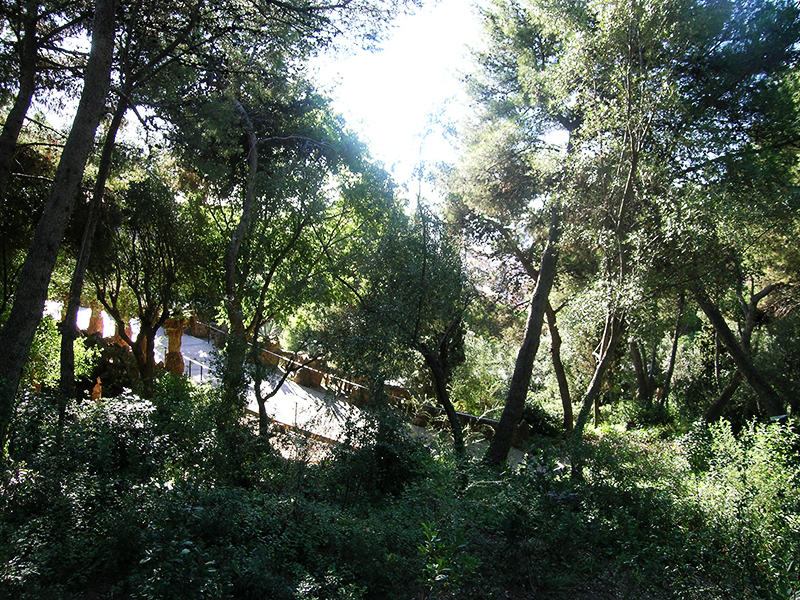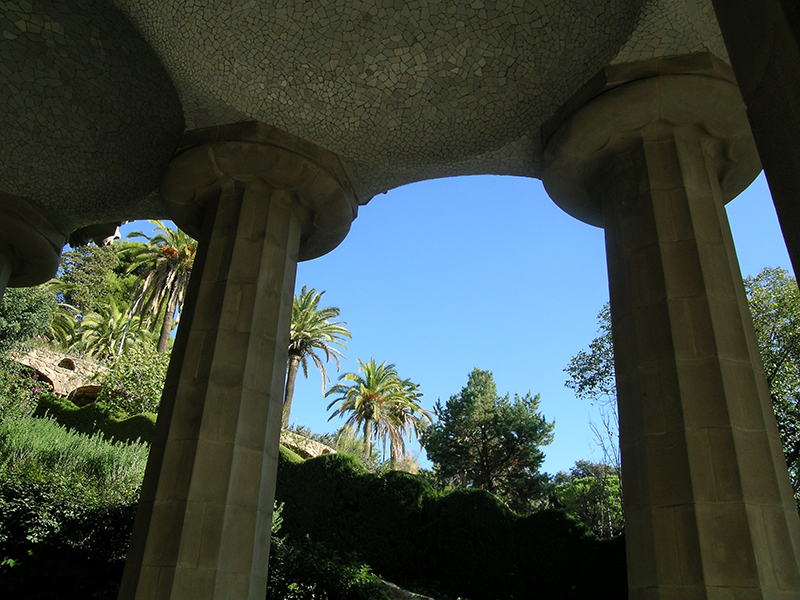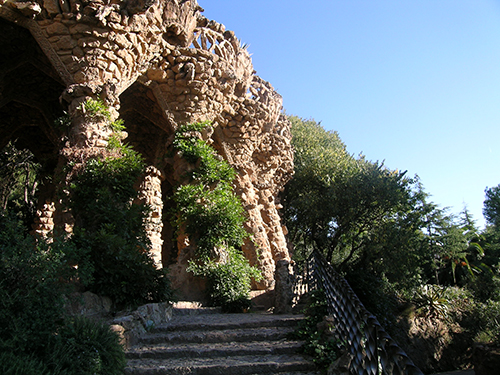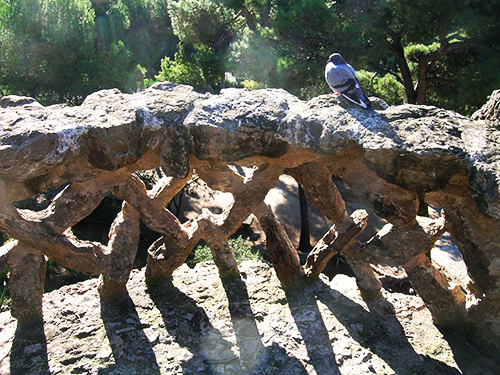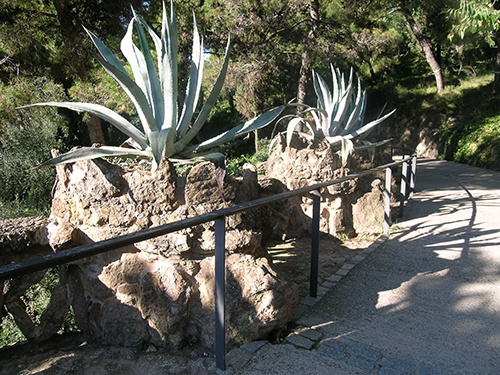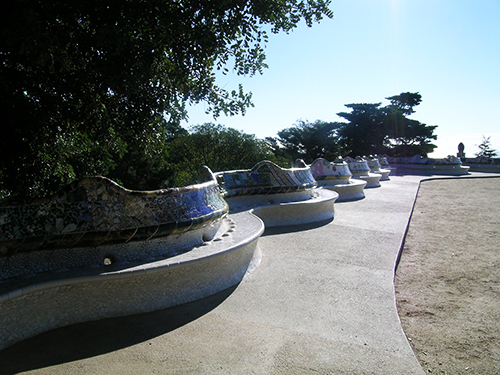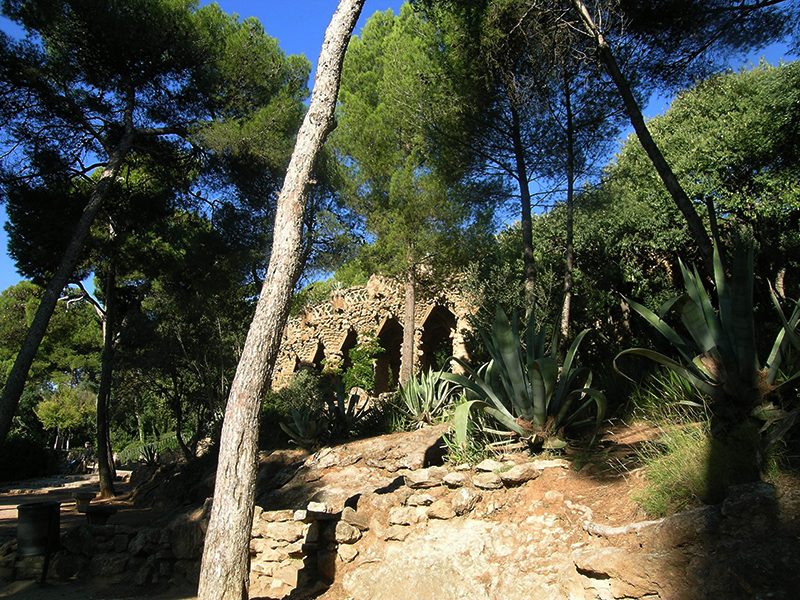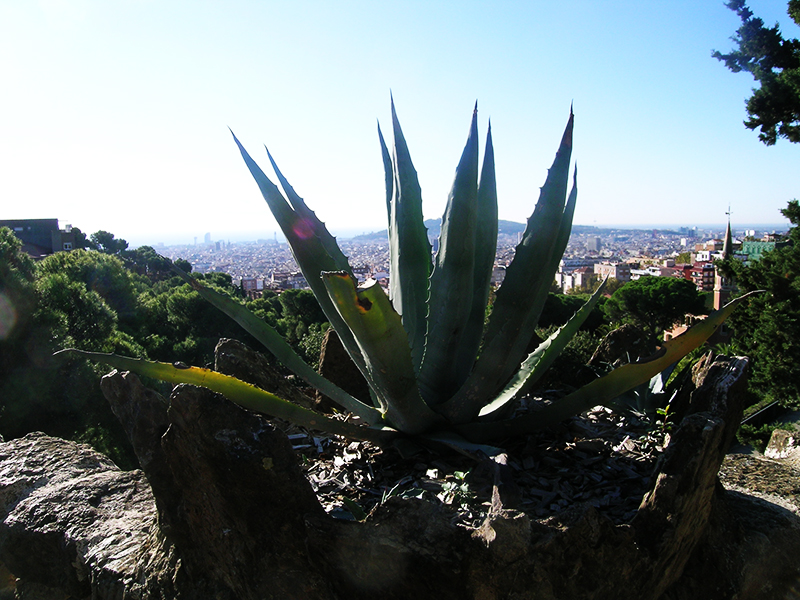BARCELONA, I LOVE YOU
NOVEMBER 2020
Images and Reflections
Series of photographs by Jordi Rodríguez-Amat
The painter is a visual artist who, with tool in hand, in this case the camera, allows him to express himself through perceived images.
I spent the month of november 2020 in Barcelona and, touring the city, I took advantage of the wonderful autumn light (a photograph is an image obtained by light.) to capture with my camera the images that impressed my retina. I must confess that every time I pressed the camera shutter, it came to mind: Barcelona, I love you.
It should not be forgotten that photography is art and, as an artist, I enjoyed the possibility of expressing myself through composition, the balance of shapes and volumes, "chiaroscuro" and perspective, among the many other values of the images.
I know Barcelona very well, the city where I have lived for many years of my life. At no time did I want to do a photographic or tourist report on Barcelona. Simply, throughout my walks around the city, I captured, through my camera, those images that I considered to have artistic interest.
To take a photo you don't have to go very far, you have to analyze the values that make it up; the composition of shapes, directional lines (perspective), volumes, lights and shadows, among many other plastic values. It must be said, however, that the same point of view can vary completely depending on the time of day and the lighting. With patience you have to know how to wait, obviously, for the best moment.
Photography is a tool for artistic creation and it must be used with knowledge. It is the artist's perception that determines the photograph. The camera is only the means of reproducing the perception of the creator. It is clear that you have to understand the tool with all its characteristics to use it correctly.
There are two kinds of photography: analog photography and digital photography. Analog photography consists of recording images on sensitive film and later enlarging them on paper through a chemical process. In digital photography, images are captured by an electronic sensor which converts the digitized light that is stored in the memory.
I took this series of photographs with a Nikon Coolpix 5400 digital camera and, at the same time, I worked them with an image editor program.


